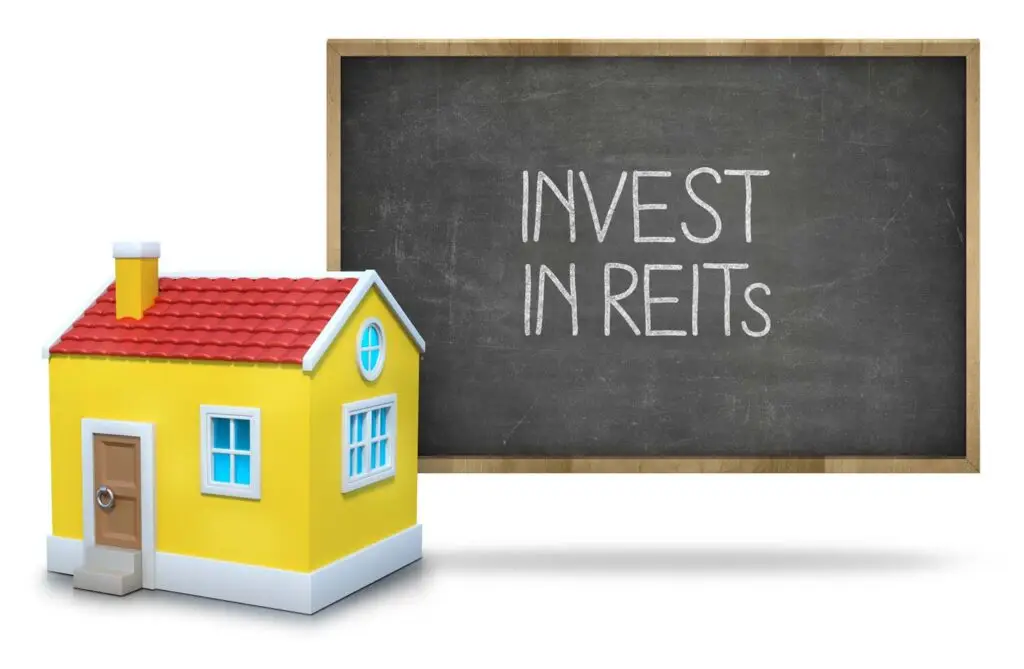The Future of the Permian Basin Energy Sector and its Impact on the Texas State Economy and Real Estate Market
Few regions have had as significant impact on America’s energy landscape in recent years as the Permian Basin in Texas. As we look ahead, it’s critical to consider what lies ahead for this dynamic region – including its potential implications for the Texas economy and its real estate market. This is our second article of the Permian Basin mini-series, and here, we’ll consider how the energy industry in this region could evolve over time and explore some of its broader impacts. The Permian Basin is a hot cake for many foreign real estate investors and developers for some truly good reasons. However, before you invest in this region, it’s critical to understand the future of this real estate market. So, in this article, we will dive deep into the topic and discuss the future of the Permian Basin energy sector. Future of the Permian Basin Energy Sector Despite being a major producer for many years there are still large reserves of natural gas and oil that remain untapped across much of the Permian Basin. The ongoing development of more innovative drilling techniques and recovery methods suggests that production levels will remain at or near current highs for many years to come – generating job creation, tax revenue generation, and overall economic growth throughout Texas. However, at the same time, there is an emerging awareness among policymakers and business leaders about the need to diversify Texas’ economy beyond just energy production. The diversification may include more deliberate steps toward expanding renewable energy infrastructure or cultivating emerging industries such as tech or finance. This kind of strategic planning will be critical in ensuring long term stability for both local businesses and real estate markets alike. Diversification in the Permian Basin Region In recognition of this industry’s cyclical nature, there are targeted diversification initiatives supporting non-energy sectors like technology, healthcare, and renewable energy. Here, the intent is to reduce oil and gas dependence in order to create a well-balanced economy, insulated from excessive reliance on a particular area where variability can occur resulting in destabilization potentially. With such diversification, positive effects on the real estate market are significant as well. Technological innovations continue advancing alongside increasing environmental concerns – both drivers shaping what’s ahead for the Permian Basin’s energy sector. Inventing groundbreaking solutions that ensure sustainability while minimizing harm done comes with widespread commitment from everyone involved regardless, they focus primarily on carbon footprint reduction efforts or adoption of cleaner technologies like carbon capture & storage systems or backing an increase into renewables. Infrastructure Development in the Permian Basin Region As the Texas energy sector prosperously expands into regional/national markets, demand follows suit which highlights critical needs surrounding infrastructure agility. Here, success won’t happen without continued investment into infrastructural amenities including transportation, pipelines, etc. Investing in infrastructure such as pipeline networks, storage facilities, and transportation systems are critical components of facilitating efficient energy storage and movement. Adequate infrastructure not only benefits the energy industry but also has broader implications for other economic sectors. For example, connectivity improvement is essential in positioning Texas as an attractive destination for businesses and residents alike. The Permian Basins energy sector is poised to have significant impacts on Texas’ real estate market as well. Population expansion resulting from thriving oil production may drive housing demand with potential competition among buyers leading to an increase in real estate prices especially near oil or gas activities. Nevertheless, efforts towards balancing the real estate market can promote stability while opening up growth opportunities across different sectors. Bottom Line… Finally, employment opportunities created by the Permian Basins industry span various fields from extraction to transportation, manufacturing, and support services, fostering economic expansion possibilities beyond just the energy sector. Anticipated growth in Texas economy presents a range of positive developments for multiple sectors such as real estate due to shifts driving consumer spending or attracting new business interests coupled with increasing tax revenues altering supply-and-demand dynamics. Environmental pressures such as upcoming greenhouse gas emissions regulations hold great significance for energy players operating within the Permian Basin region. If they want to maintain profitability levels over time while complying with increasingly stringent policies governing their activities, they must adapt to these changes. Such adaptations would require investment in technological advancement accompanied by requisite infrastructural upgrades. Interested in gaining insights into the Texas real estate market and securing your financial future? Our team is here to craft personalized strategies that align perfectly with your specific investment goals. To discover more about our investment products, schedule a call HERE! LEARN TO INVEST WITH US. We accept queries from accredited domestic and foreign investors seeking single and small multifamily investment opportunities. Schedule a Call Follow Us Facebook Instagram Linkedin












